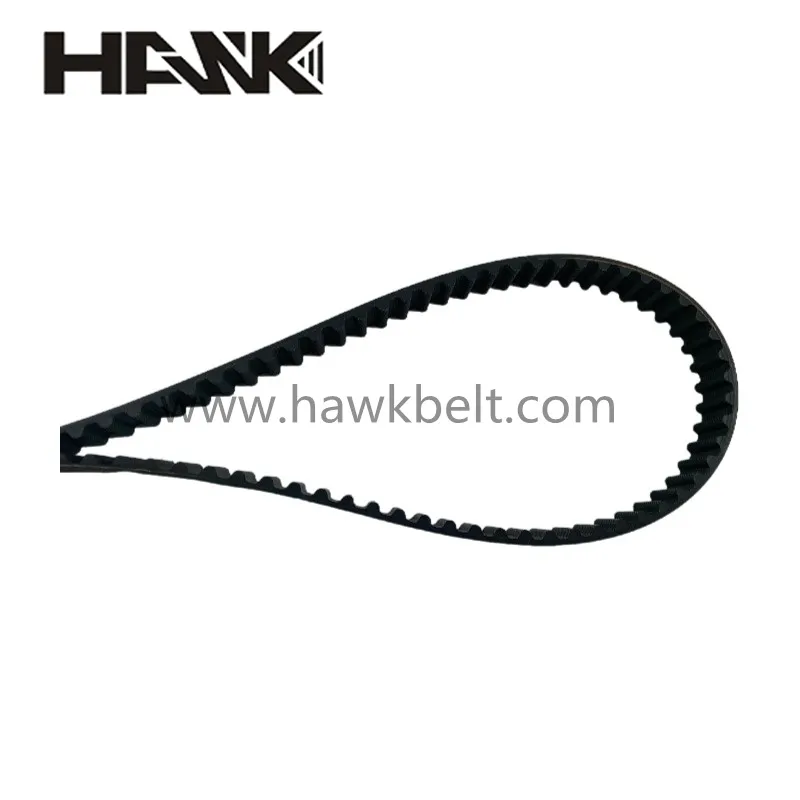- Arabic
- French
- Russian
- Spanish
- Portuguese
- Turkish
- Armenian
- English
- Albanian
- Amharic
- Azerbaijani
- Basque
- Belarusian
- Bengali
- Bosnian
- Bulgarian
- Catalan
- Cebuano
- Corsican
- Croatian
- Czech
- Danish
- Dutch
- Afrikaans
- Esperanto
- Estonian
- Finnish
- Frisian
- Galician
- Georgian
- German
- Greek
- Gujarati
- Haitian Creole
- hausa
- hawaiian
- Hebrew
- Hindi
- Miao
- Hungarian
- Icelandic
- igbo
- Indonesian
- irish
- Italian
- Japanese
- Javanese
- Kannada
- kazakh
- Khmer
- Rwandese
- Korean
- Kurdish
- Kyrgyz
- Lao
- Latin
- Latvian
- Lithuanian
- Luxembourgish
- Macedonian
- Malgashi
- Malay
- Malayalam
- Maltese
- Maori
- Marathi
- Mongolian
- Myanmar
- Nepali
- Norwegian
- Norwegian
- Occitan
- Pashto
- Persian
- Polish
- Punjabi
- Romanian
- Samoan
- Scottish Gaelic
- Serbian
- Sesotho
- Shona
- Sindhi
- Sinhala
- Slovak
- Slovenian
- Somali
- Sundanese
- Swahili
- Swedish
- Tagalog
- Tajik
- Tamil
- Tatar
- Telugu
- Thai
- Turkmen
- Ukrainian
- Urdu
- Uighur
- Uzbek
- Vietnamese
- Welsh
- Bantu
- Yiddish
- Yoruba
- Zulu
Aug . 10, 2024 14:45 Back to list
Exploring the Benefits and Features of New SPC V Belts for Enhanced Performance and Durability
Understanding the New V-Belt SPC V-Belt
In the world of mechanical engineering, power transmission plays a vital role in the efficiency and reliability of machinery. Among various types of power transmission belts, the V-belt stands out due to its versatility, high efficiency, and ability to transmit power between axes that are not parallel. Among the various configurations of V-belts, the SPC V-belt has gained significant popularity for its specific applications and advantages.
What is an SPC V-Belt?
The SPC V-belt is a type of V-belt categorized under the 'SP' series, where the 'S' denotes the shape of the belt's cross-section, resembling a trapezoid. The 'P' signifies the nominal width, in this case, 17 mm. The SPC V-belt is designed to fit into corresponding pulleys that have been engineered to maximize the belt's grip and efficiency. The structure allows the belt to maintain tension while reducing slippage, which is crucial in most heavy-duty applications.
Key Benefits of SPC V-Belts
1. High Power Transmission Efficiency SPC V-belts are known for their superior power transmission capability. Their design allows for a wider contact area with the pulleys, ensuring effective transfer of energy and reducing power loss.
2. Durability and Longevity Made from high-quality rubber and reinforced with fabric, SPC V-belts are designed to withstand significant wear and tear. Their construction helps in resisting stretching and maintaining their shape, resulting in longer service life.
3. Resistance to Environmental Factors The materials used in SPC V-belts offer excellent resistance to oil, heat, and ozone exposure. This feature makes them suitable for use in various harsh environments, ensuring consistent performance regardless of the operating conditions.
new v belt\/spc v belt

4. Low Maintenance The robust design and materials of SPC V-belts contribute to their low maintenance requirements. Users can benefit from reduced downtime and lower operational costs, as these belts do not need frequent replacement or adjustments.
5. Versatility The SPC V-belt can be employed in a wide range of applications, including agricultural equipment, industrial machinery, and automotive systems. Their versatility makes them a preferred choice for engineers and machine designers looking to enhance reliability in their systems.
Applications of SPC V-Belts
SPC V-belts find their application across various industries. In manufacturing, these belts are utilized in conveyor systems for material handling, ensuring efficient movement of goods. In agriculture, they are often employed in tractors and farming machinery, where power transfer is crucial for operational efficiency. Furthermore, in the automotive sector, SPC V-belts are commonly used in engine systems to power alternators, water pumps, and air conditioning units.
Installation and Maintenance
Proper installation of SPC V-belts is essential to maximize their performance and lifespan. It is crucial to ensure that the pulleys are aligned accurately and that the belt is tensioned appropriately. Over-tensioning or misalignment can lead to premature wear and reduced efficiency. Regular inspection of the belt for signs of wear, cracking, or fraying is recommended, as early detection can prevent further damage and costly repairs.
Conclusion
In summary, the SPC V-belt stands as a testament to the advancements in power transmission technology. Its unique design, coupled with its robust construction and resistance to environmental factors, makes it a reliable choice for various applications. By understanding the characteristics and benefits of the SPC V-belt, engineers and machine operators can make informed decisions to enhance their machinery's performance and longevity. As industries continue to evolve, the importance of efficient and reliable power transmission solutions like the SPC V-belt will undoubtedly remain a key focus.
-
Upgrade Power Steering Pump Belt for Smooth, Quiet Operation
NewsAug.27,2025
-
Precision Timing Belt & Chain: Engine Performance & Durability
NewsAug.26,2025
-
Precision Lathe Drive Belts: Durable & Reliable Performance
NewsAug.25,2025
-
84.5 Serpentine Belt: Durable & Precision Fit for Your Engine
NewsAug.24,2025
-
Premium Ribbed Drive Belts for Quiet Power Transmission
NewsAug.23,2025
-
High-Performance Vehicle Timing Belt for Engine Precision
NewsAug.22,2025

